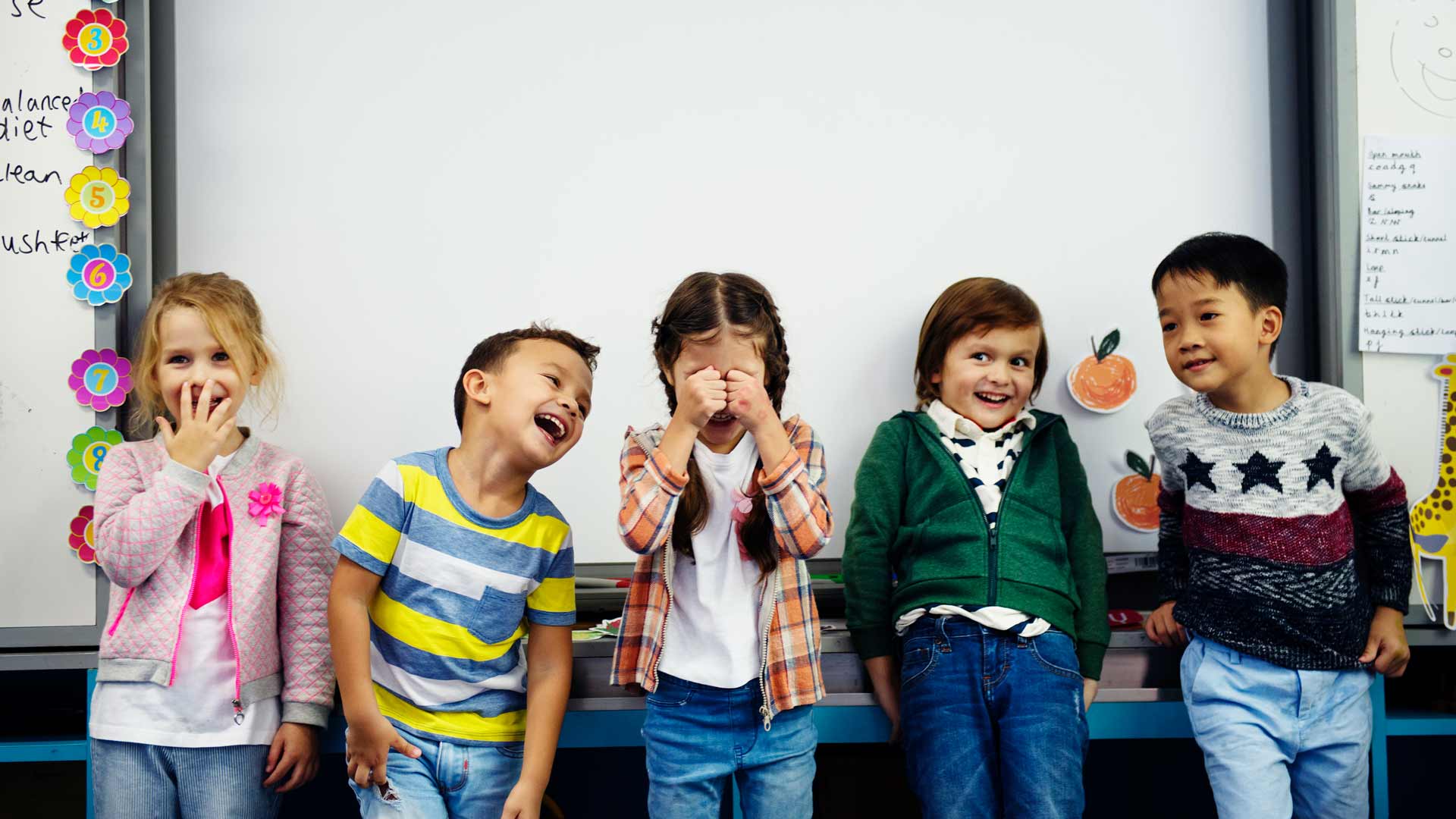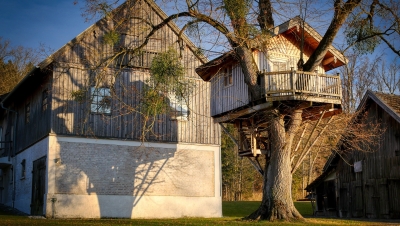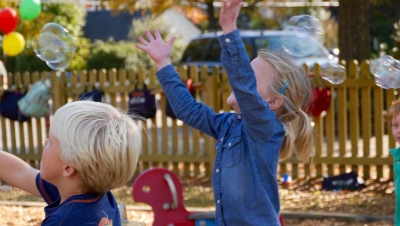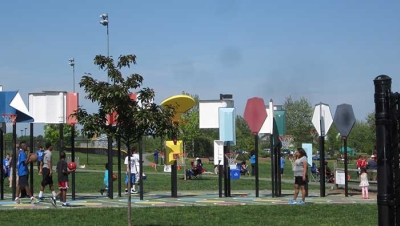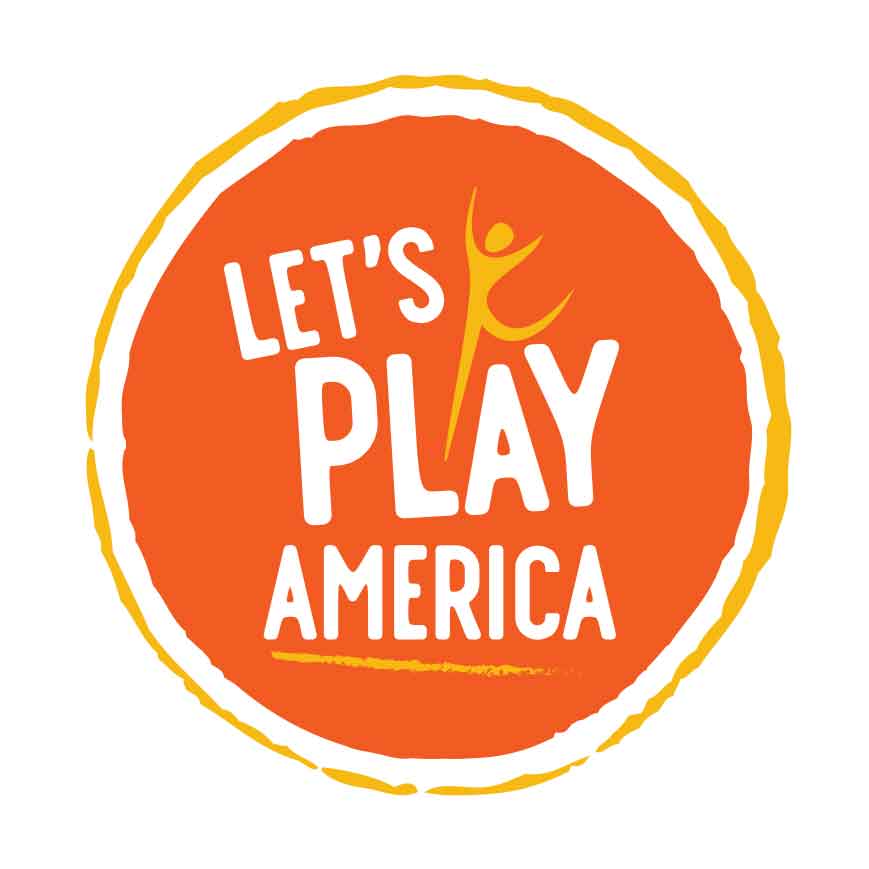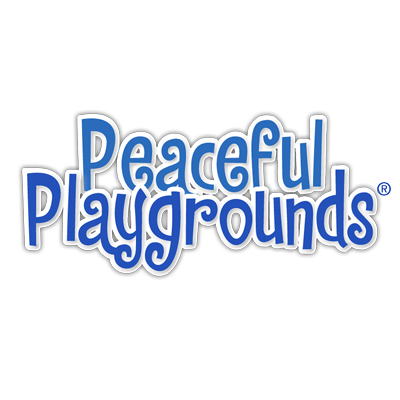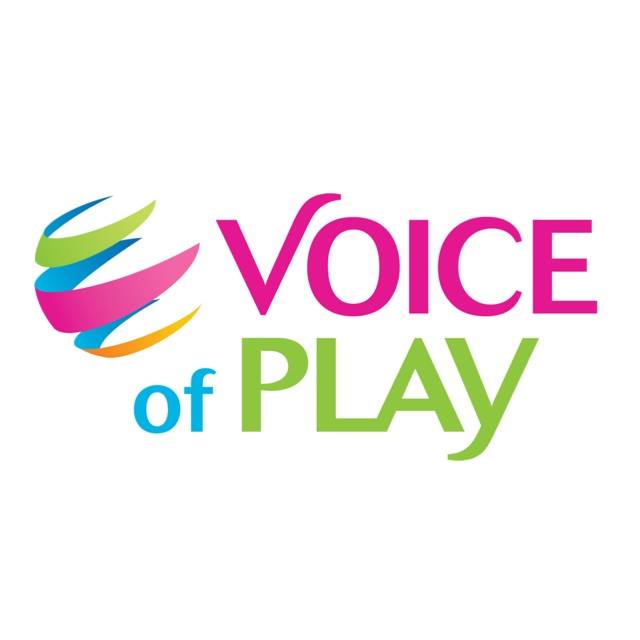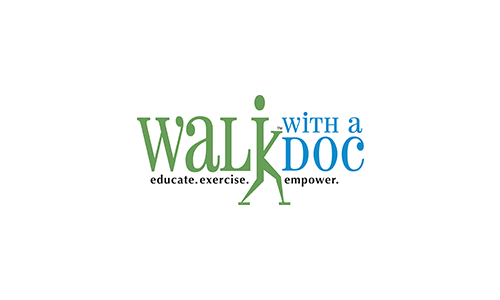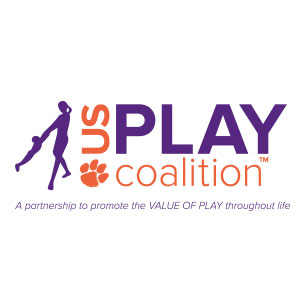Movement Helps Kids Sit Still
Wiggly worm. Squirm bucket. Ants in the pants, heebie-jeebies, the jumps, the fidgets, all over the place, pants on fire.
Describes kids right? Kids move, whether we want them to or not. For a child, sometimes sitting still is an insurmountable task. Whether it is at the dinner table, sitting in church, waiting in line, sitting in circle time, waiting for directions. Kids can be one ball of motion.
And that is ok. Kids are supposed to move. Movement is what teaches them about their bodies - where their bodies end and begin, how to manipulate them, how to move them with control. Movement builds strength and coordination, teaching kids how the various parts of the body work together. All of this movement-based information about their bodies is the foundation necessary for other learning.
Movement builds:
- core strength necessary to sit upright in a chair in school
- grip strength needed to manipulate a pencil successfully
- an understanding of force needed to tag a friend gently and color without breaking the crayon
- focal point needed for reading
In other words, without movement and lots of full-body physical play, kids are skipping vital strength and skill-building which makes their learning journey harder than it needs to be. Why would we set them up to fail by creating sedentary activities for them when their bodies crave movement?
Let’s take a closer look at what kids lose when we limit movement:
If kids skip or limit swinging, sliding, logroll, hanging upside down and somersaulting -
They fail to develop key neural connections that help them sort and manage all of the information they are taking in all day. If this play is skipped, the brain will become overwhelmed by the data and shut down, or space out. The only way to turn the brain back on? Wiggle, spin, rock and move more. Sounds like a behavior challenge doesn’t it? (For more see Classroom Success Needs a Strong Foundation of Physical Play)
If kids skip or limit jumping, climbing, pushing and pulling -
Their brains don’t learn how much force it takes to operate in this world, whether it is to tag a friend in a game without hurting him, squish playdough hard enough to form a shape or put pencil to paper and leave a mark. If this play is skipped, the brain will make the body search out this information anyway, by slamming into friends or walls, aggressive hugging or wrestling and lots of movement. Sounds like a behavior challenge doesn’t it?
If kids skip or limit climbing, skipping and crawling -
They don’t have an opportunity to forge a conversation between the two halves of the brain necessary for creative, complex, and critical thinking. If this play is skipped, frustration arises with challenges in noodling out problems. The resulting frustration could seem like a behavior challenge, couldn’t it?
If kids skip or limit opportunities for full body play on the playground, in the yard, or in PE class -
They can’t build core strength and balance. Without core strength and balance, it is very hard to sit still at a desk, resulting in a lot of wiggling in attempts to get comfortable or stay upright. Sounds like a behavior challenge doesn’t it? (For more see Physical Literacy, the Linchpin to Classroom Success and Getting Kids Physical)
Teachers are reporting more and more behavior challenges just like the ones listed above. The root cause of these challenges just might be that kids don't move enough. Studies show that today’s children are more sedentary than they have ever been and that lack of activity has far-reaching implications.
- A 2013 study found it takes children 90 seconds longer to run a mile than it took kids in the 1980s, a 15% decline in cardiovascular fitness.
- A 2018 study found kids’ core strength has declined more than 6% in the past two decades.
- And it has gotten worse since the pandemic: PE teachers are reporting dramatic physical activity learning losses since returning from virtual school.
So, teachers and parents are seeing kids who tire more easily than ever, have less strength than they have ever had, and wiggle and squirm more than ever. Their brains are searching out information to feed a developmental need to understand what their bodies are doing. All of this makes it harder for them to find success from the playground to the classroom. They cannot play with skill, they cannot sit with comfort, and they cannot use their bodies to help them learn. They are frustrated, they act out, they give up.
So, what’s the answer? Movement - Lots of it, throughout the day.
When kids skip moving their bodies, they miss building their brains. When we ask them to sit more than they are able to, we are only going to get more ants in their pants, not less. They can’t help it. It all looks like behavior problems - or worse - when it might be just little bodies crying out for more movement to fill in the developmental gaps.
Big body play is innate. It is baked into children’s DNA for a reason. What is the simplest way to help them move? Take them to a playground!

